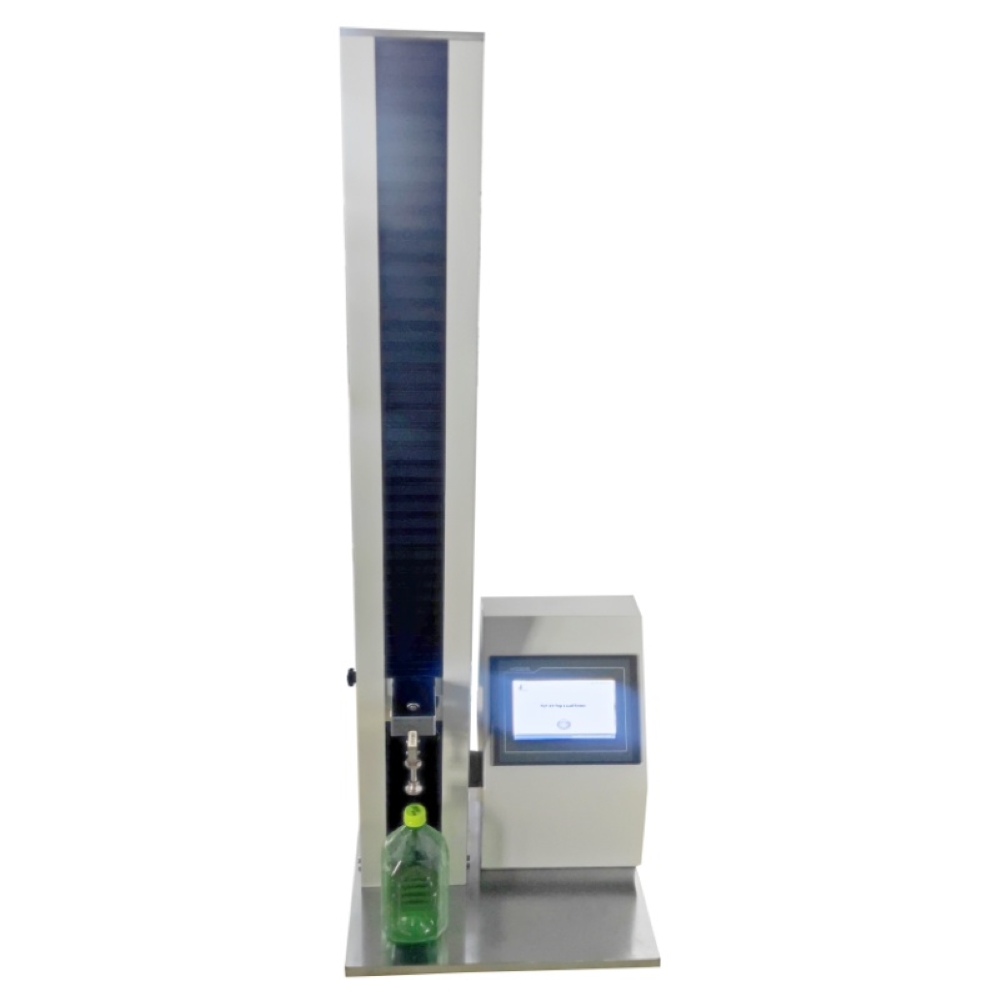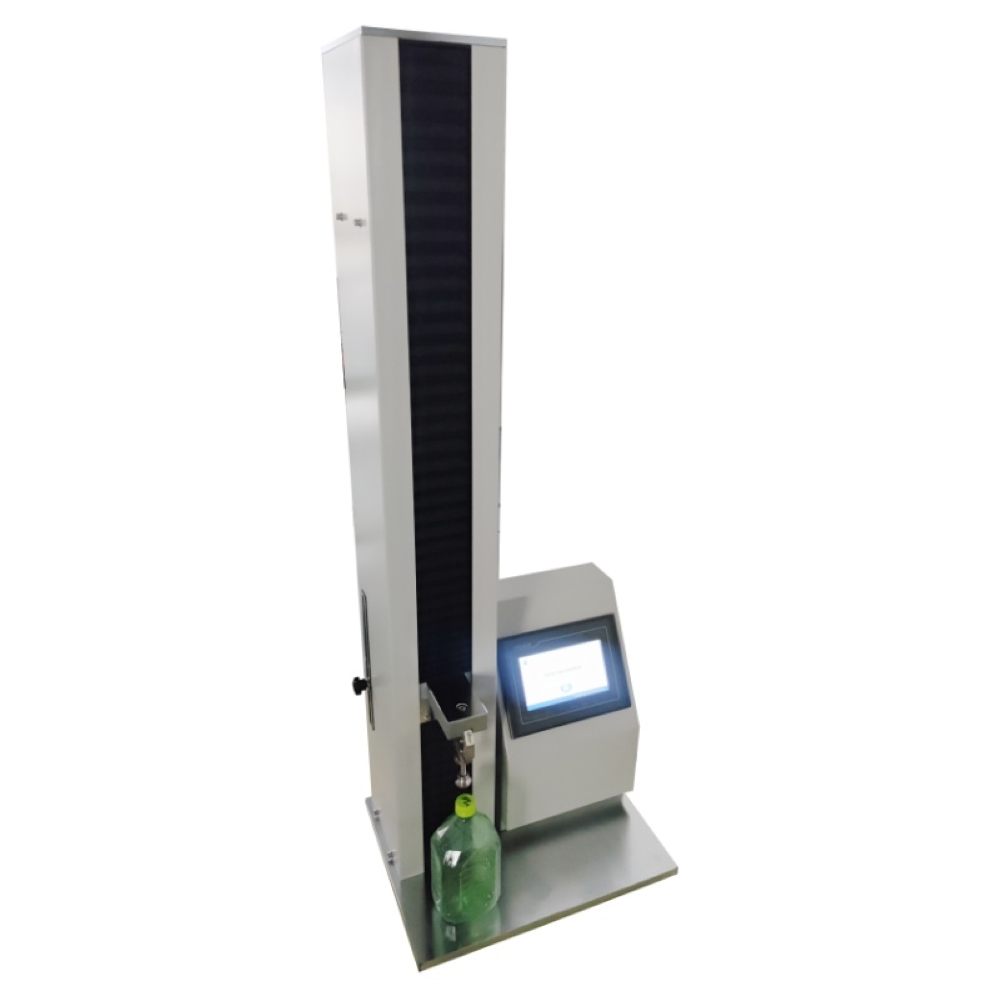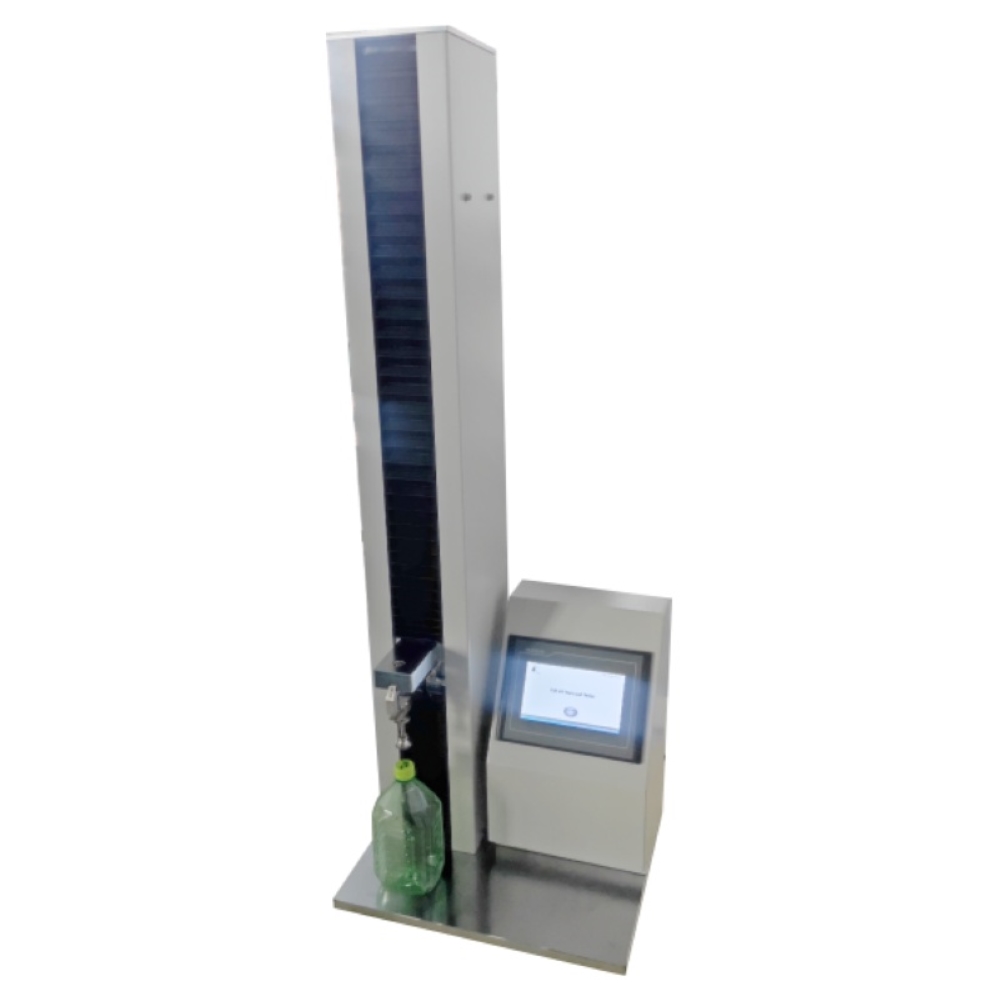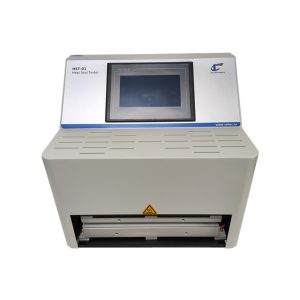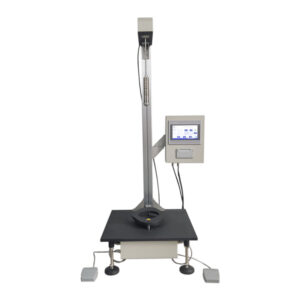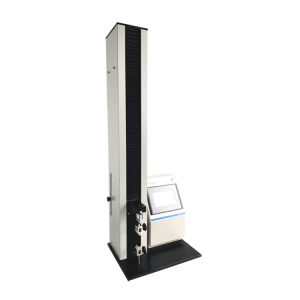Introducción a la máquina de prueba de aplastamiento de botellas
El Máquina de prueba de aplastamiento de botellas es un instrumento especializado diseñado para evaluar la integridad estructural y la resistencia a la compresión de botellas y contenedores, incluidos plástico, vidrio y materiales compuestos. Al simular presiones de carga superior similares a las que se encuentran durante el apilado, el envío y el almacenamiento, esta máquina ayuda a garantizar que los contenedores puedan soportar las tensiones de la distribución sin colapsar ni deformarse. Para industrias como la del embalaje, la alimentación, las bebidas y los productos farmacéuticos, las pruebas de aplastamiento de botellas son esenciales para mantener la seguridad del producto y minimizar las posibles pérdidas debido a fallas en los contenedores.
Principales aplicaciones de la prueba de aplastamiento de botellas
Esta máquina cumple una función fundamental en diversas industrias, entre ellas:
- Embalaje:Garantiza la durabilidad del embalaje durante el almacenamiento y el transporte.
- Alimentos y bebidas:Evita fugas y contaminación verificando la resistencia del contenedor.
- Productos farmacéuticos: Protege productos frágiles y sensibles durante su manipulación.
- Productos químicos y cosméticos de uso diario:Mantiene la reputación de la marca al confirmar la calidad del embalaje.
Adecuada para probar varios tipos de envases, la máquina de prueba de aplastamiento de botellas es muy versátil y capaz de manipular botellas, frascos, cartones, tambores y más.
Características técnicas de la máquina de prueba de aplastamiento de botellas
Nuestra máquina de prueba de aplastamiento de botellas está diseñada con funciones avanzadas para brindar resultados confiables y precisos:
- Control PLC con pantalla táctil HMI:Un sistema de control PLC garantiza un funcionamiento estable, mientras que la pantalla táctil HMI de 7 pulgadas permite realizar pruebas intuitivas y fáciles de usar.
- Mecanismo de husillo de bolas de precisión:Este mecanismo garantiza una velocidad de prueba constante y un control de desplazamiento preciso, mejorando la confiabilidad de cada prueba.
- Múltiples modos de prueba personalizables:
- Modo pico:Mide la carga de compresión máxima.
- Modo de deformación fija:Mide la carga en una deformación establecida.
- Modo de carga fija:Monitorea la deformación bajo una carga constante.
- Compresión simple:Aplica compresión una vez para el análisis.
- Compresión del ciclo:Repite la compresión en ciclos para evaluar la resiliencia.
- Características de seguridad:Equipado con protección contra sobrecarga, funciones de retorno automático y compatibilidad con múltiples tamaños de placas para adaptarse a diversas formas y dimensiones de contenedores.
- Opciones de gestión de datos:Incluye una microimpresora para salida de datos y un puerto RS232 para una transferencia de datos sin problemas, lo que admite análisis externo con integración de software opcional.
Comprensión de la prueba de carga superior de la botella de plástico
El Prueba de carga superior de botella de plástico es vital para evaluar la resistencia de una botella frente a la presión vertical aplicada desde la parte superior. Esta prueba, especialmente relevante para las botellas de plástico, evalúa cuánta carga puede soportar la botella sin deformarse ni colapsar. Al cuantificar la resistencia a la carga superior, los fabricantes pueden optimizar el uso del material y, al mismo tiempo, garantizar que los envases sigan siendo lo suficientemente resistentes para entornos de alto estrés, como el apilamiento en almacenes y la logística de transporte.
Normas y cumplimiento: explicación de la norma ASTM D2659
ASTM D2659 es un método de prueba estándar para determinar la resistencia a la compresión de los envases de plástico, midiendo específicamente su capacidad para soportar la presión de carga superior sin fallar. De conformidad con la norma ASTM D2659, nuestra máquina de prueba de aplastamiento de botellas evalúa la durabilidad del envase aplicando fuerzas de compresión desde la parte superior hasta que se observa deformación estructural o colapso.
Esta máquina también es compatible con otros estándares de la industria, lo que mejora su versatilidad:
- Norma ASTM D4577:Evalúa el rendimiento del contenedor en condiciones de carga estática.
- ASTM D642:Mide la resistencia a la compresión de contenedores y cajas de envío.
- ISO 8113:Ensayos de estabilidad mecánica de embalajes.
- ASTM D4169:Simula las condiciones del entorno de distribución para probar el rendimiento del embalaje.
Principio de funcionamiento de la máquina de prueba de aplastamiento de botellas
La máquina de prueba de aplastamiento de botellas funciona colocando el envase en una plataforma de prueba y aplicando gradualmente presión de carga superior hasta que el envase se deforma o colapsa. La máquina registra datos de fuerza máxima, que se analizan para evaluar la resistencia estructural en comparación con estándares específicos como ASTM D2659. Al proporcionar resultados precisos y repetibles, esta máquina garantiza que los fabricantes puedan validar la integridad del envase para su manipulación en el mundo real.
Parámetros principales de la máquina de prueba de aplastamiento de botellas
Esta máquina es altamente configurable para adaptarse a diversos requisitos de prueba:
- Rango de carga:Alto rango de carga y precisión adecuado para diferentes tipos de contenedores.
- Velocidad ajustable:Permite realizar ajustes de velocidad para que coincidan con protocolos de prueba específicos.
- Compatibilidad de la placa de compresión:Placas intercambiables para soportar diferentes tamaños y formas de contenedores.
- Opciones de exportación de datos:Microimpresora y conectividad RS232 para un manejo eficiente de datos.
Ventajas de la máquina de prueba de aplastamiento de botellas
- Ahorro de costes y eficiencia:Minimiza el desperdicio de material de embalaje al confirmar la resistencia requerida, lo que reduce los costos asociados con las devoluciones y reemplazos de productos.
- Confiabilidad y protección de marca:Mejora la confiabilidad del producto a través de pruebas precisas, lo que ayuda a proteger la reputación de la marca y garantizar la satisfacción del consumidor.
Preguntas frecuentes sobre las máquinas de prueba de aplastamiento de botellas
- ¿Qué es la prueba de aplastamiento de la botella y por qué es importante?
- La prueba de aplastamiento de la botella aplica presión de carga superior para evaluar la durabilidad del envase, garantizando que la botella pueda soportar tensiones de manipulación sin romperse ni deformarse.
- ¿Cómo se aplica la norma ASTM D2659 a las pruebas de aplastamiento de botellas?
- ASTM D2659 describe procedimientos para evaluar la resistencia a la compresión de los contenedores de plástico, garantizando el cumplimiento de los estándares de durabilidad de la industria.
- ¿Qué tipos de botellas puede probar esta máquina?
- Esta máquina es versátil y admite varios tipos de botellas y envases, incluidas botellas de plástico, vidrio y compuestas.
- ¿Cómo garantiza la máquina la precisión en los resultados de las pruebas?
- Con control PLC, tornillos de avance de precisión y múltiples modos de prueba, la máquina ofrece resultados consistentes y repetibles para evaluaciones de rendimiento confiables.
- ¿Cuáles son las características clave que hacen que esta máquina sea confiable?
- El control PLC avanzado, las opciones de prueba personalizables, los mecanismos de seguridad y las amplias capacidades de gestión de datos garantizan precisión, eficiencia y facilidad de uso.

